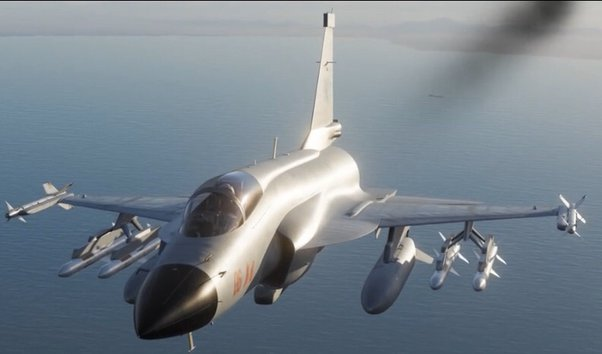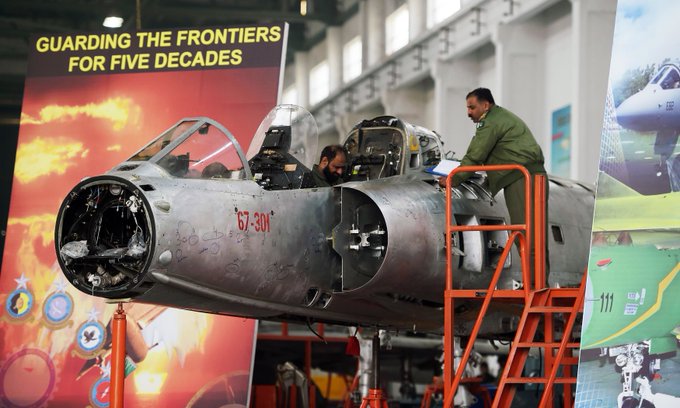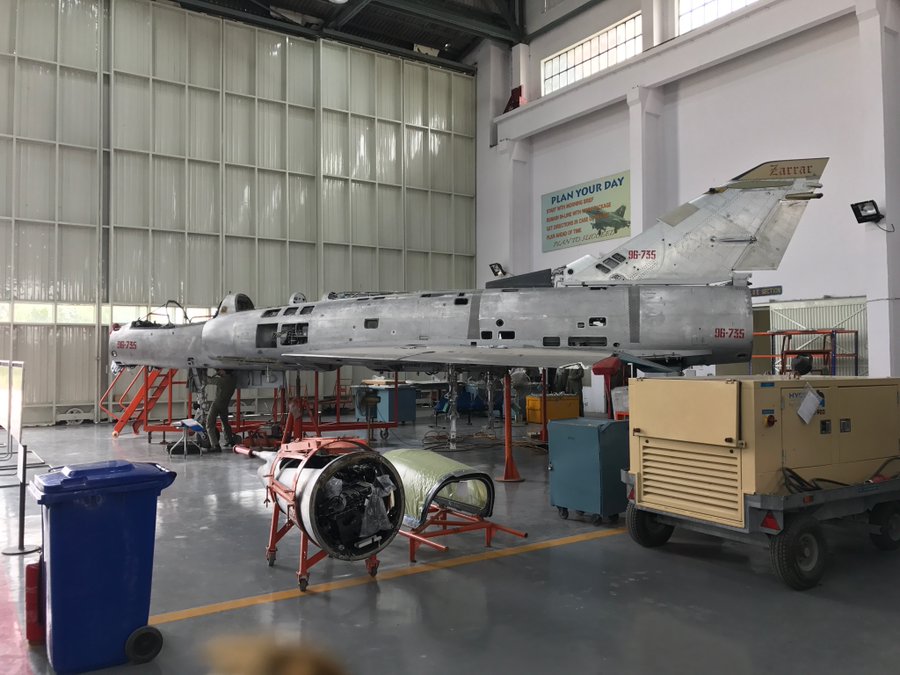- 111,139
- 834
- Origin

- Copy to clipboard
- Moderator
- #1
Pakistan Aircraft Industries.
The Pakistan Aeronautical Complex is one of the largest defense contractor in aerospace, military support, and national security provider to the Pakistan military.
Founded in 1971 by the Pakistan Air Force (PAF), the PAC designs, develops, and builds aircraft and avionics systems for the Pakistani military— it also provides its services for civilian aircraft. In addition, the PAC performs local maintenance and works on the aircraft MLU systems of foreign-built military and civilian aircraft. It is solely owned by the Pakistan Air Force and its corporate interests and its corporate appointments are directly made by the Chief of Air Staff from the Air HQ.
Many of these products are specially suited for the Pakistan Armed Forces needs, while others are also marketed to foreign export. While it collaborated with several countries’ corporate organizations, the PAC often jointly works with the Turkish TAI and the Chinese CATIC. The PAC has larger commercial and business interests in Myanmar, Nigeria, Qatar, Saudi Arabia and the United Arab Emirates.
The Pakistan Aeronautical Complex is one of the largest defense contractor in aerospace, military support, and national security provider to the Pakistan military.
Founded in 1971 by the Pakistan Air Force (PAF), the PAC designs, develops, and builds aircraft and avionics systems for the Pakistani military— it also provides its services for civilian aircraft. In addition, the PAC performs local maintenance and works on the aircraft MLU systems of foreign-built military and civilian aircraft. It is solely owned by the Pakistan Air Force and its corporate interests and its corporate appointments are directly made by the Chief of Air Staff from the Air HQ.
Many of these products are specially suited for the Pakistan Armed Forces needs, while others are also marketed to foreign export. While it collaborated with several countries’ corporate organizations, the PAC often jointly works with the Turkish TAI and the Chinese CATIC. The PAC has larger commercial and business interests in Myanmar, Nigeria, Qatar, Saudi Arabia and the United Arab Emirates.



























